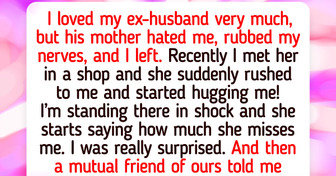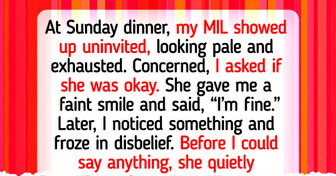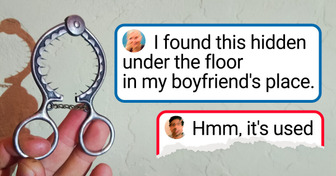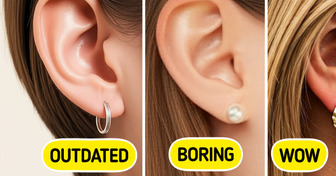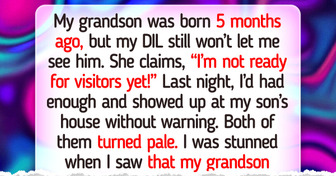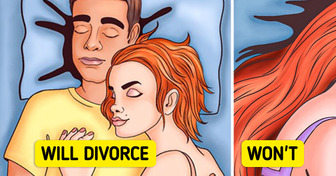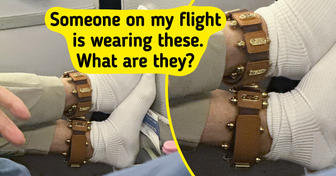12 True Stories So Twisted You Won’t Believe They’re Real
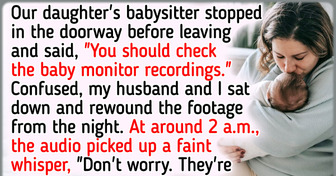
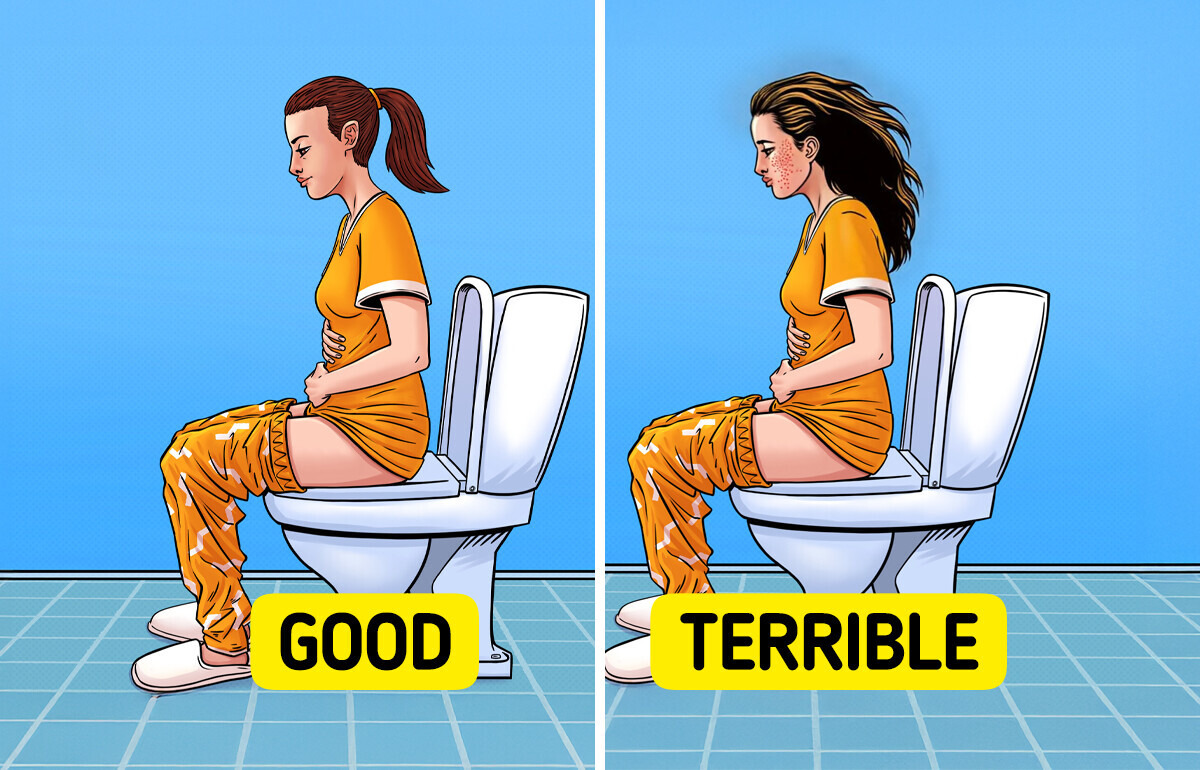
A lone blackhead on your chin and a throbbing cyst along your jaw can feel like two completely different skin problems—because, biologically, they are. Acne is an umbrella term that covers several distinct lesion types, each born from the same tiny factory inside every pore but nudged off-course by slightly different forces. Understanding those nuances is the difference between picking a product that works and one that gathers dust in your bathroom cabinet. Below is a dermatologist-guided tour through the most common forms of acne and the science (and daily habits) that can set them in motion.
Content is provided for informational purposes only and is not intended as a substitute for medical advice. Seek guidance from your doctor regarding your health and medical conditions.
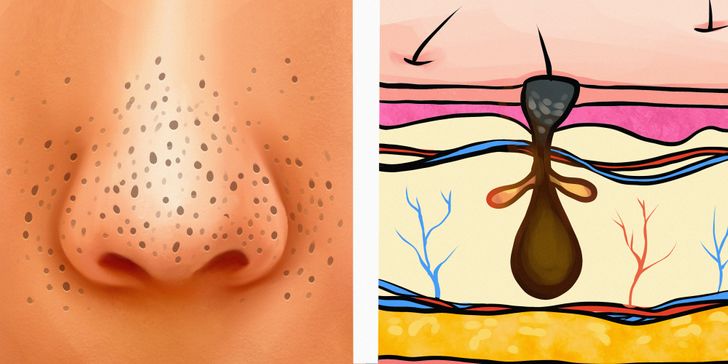
These appear when a pore remains open while sebum and dead cells clog the entrance. Exposure to air oxidizes the plug, turning it dark. Blackheads lie flat, seldom hurt, and usually respond to keratolytics like salicylic acid or retinoids that dissolve the “cap.”
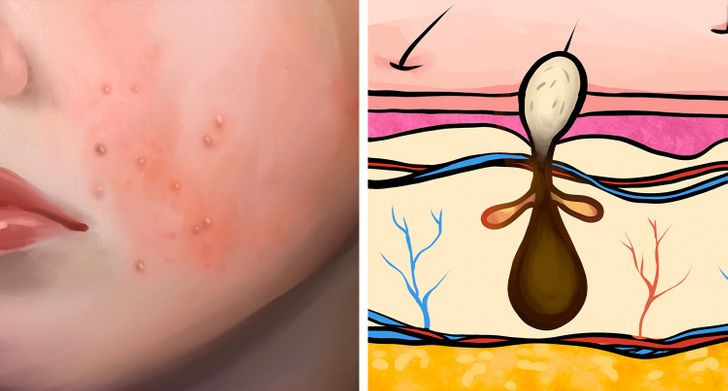
Here, the clogged pore is sealed by a thin layer of skin, so the plug stays pale or skin-colored. Because the opening is shut, inflammation can brew more easily; daily use of gentle chemical exfoliants keeps new plugs from forming.
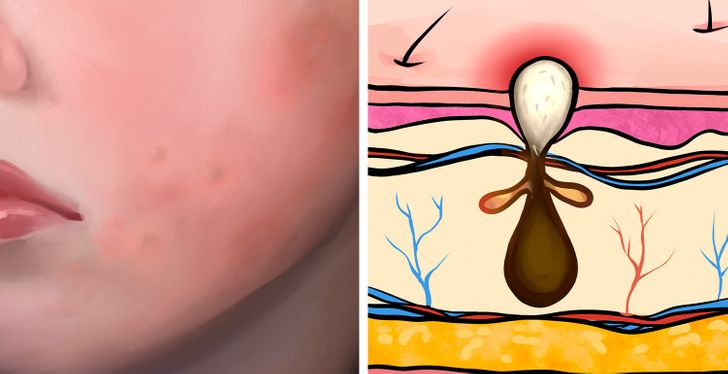
Small, firm, pink bumps form when Cutibacterium acnes irritates the follicle and sparks the immune system. They feel tender but lack visible pus. Combining a retinoid (to unclog) with benzoyl peroxide (to curb bacteria) calms most papules.

When a papule fills with white blood cells, it sprouts a yellow or white center—the classic “zit.” Although tempting to pop, squeezing drives inflammation deeper; topical antibacterials and spot treatments shrink pustules quickly.

Deep, solid, often painful lumps that sit well below the skin’s surface. A ruptured follicle spills oil and bacteria into surrounding tissue, provoking intense inflammation. Because topicals seldom penetrate this far, dermatologists turn to oral antibiotics, hormonal therapy, or isotretinoin.
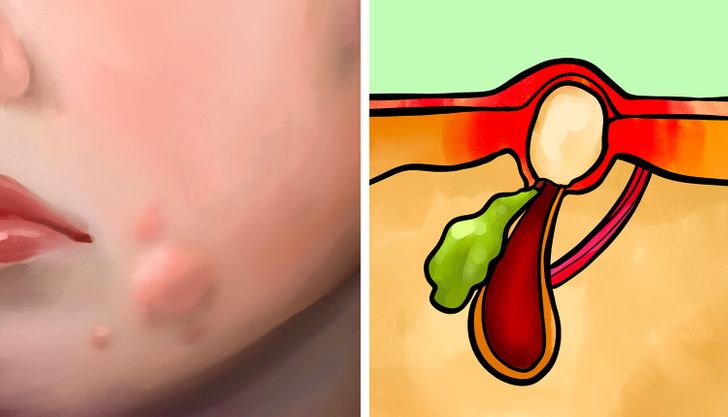
Fluctuant, pus-filled cousins of nodules. They can merge into sinus tracts and frequently scar. Early medical intervention—sometimes including corticosteroid injections—minimizes damage and shortens healing time.
Cyclical nodules or cysts along the chin and jaw, especially in adult women, flare when estrogen dips and androgens rise pre-menstruation. Oral contraceptives or spironolactone that steady hormonal swings often prove transformative.
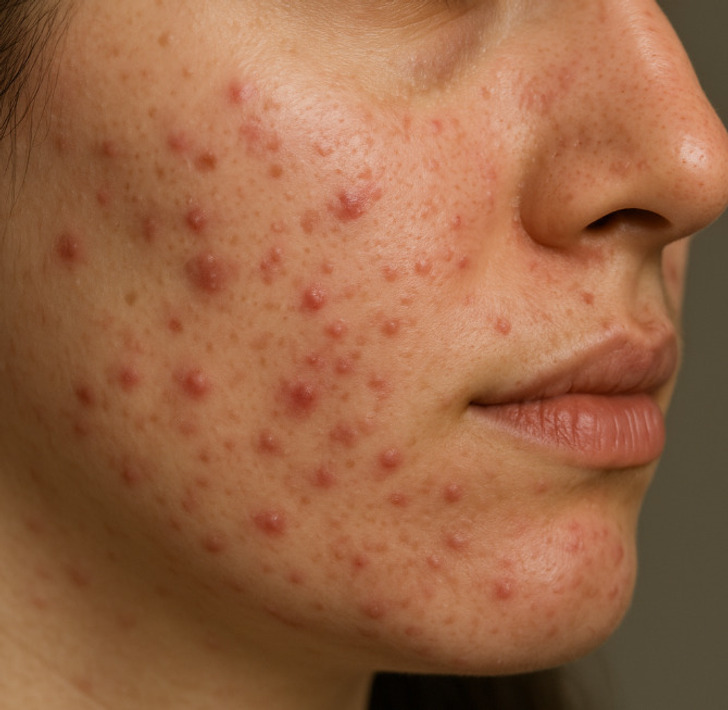
Uniform, itchy pin-point pustules on the chest, back, or hairline stem from an overgrowth of Malassezia yeast, not true acne bacteria. Regular acne creams rarely work; antifungal shampoos or tablets clear the breakout.
Friction, heat, and sweat trapped under masks, straps, or sports gear break down the skin barrier and jam pores. Choosing breathable fabrics, washing gear often, and applying a light, non-comedogenic barrier cream before wear help keep bumps at bay.
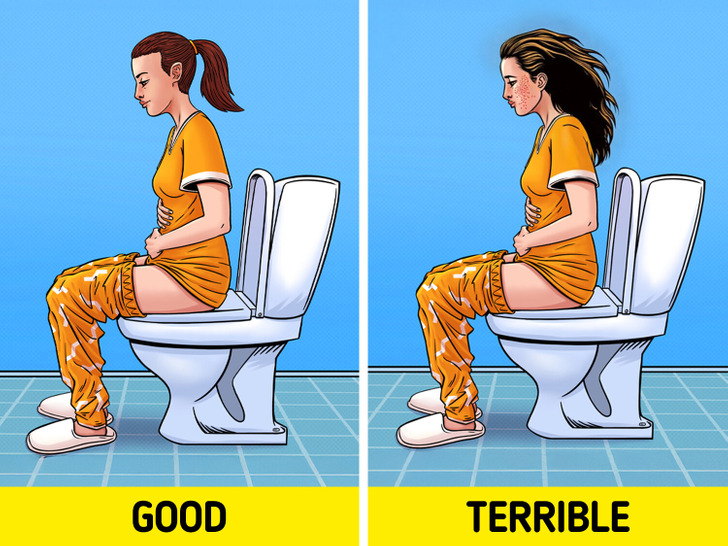
Allowing loose, product-coated hair to drape forward while you’re on the toilet sets off a two-step breakout chain: first, oily strands already prone to depositing excess sebum and residue onto facial skin—enough to clog pores and seed acne, according to dermatologists at Buckhead Dermatology—become freshly contaminated by the bioaerosol “plume” a flush can launch more than five feet, showering nearby surfaces (and anything hovering over the bowl) with bacteria and viruses, as documented in a 2024 American Journal of Infection Control study. When that now microbe-laden hair brushes your cheeks or jawline, it delivers a mix of pore-blocking oil and restroom pathogens straight to vulnerable follicles—priming the skin for inflamed breakouts that could have been avoided by simply tying hair back before you flush.
Now that you know what causes each type of acne and how to treat it, your skin might be on the road to recovery. But what if your breakouts are hiding something more serious? Stay tuned—there are other signs your skin might be trying to warn you about.

